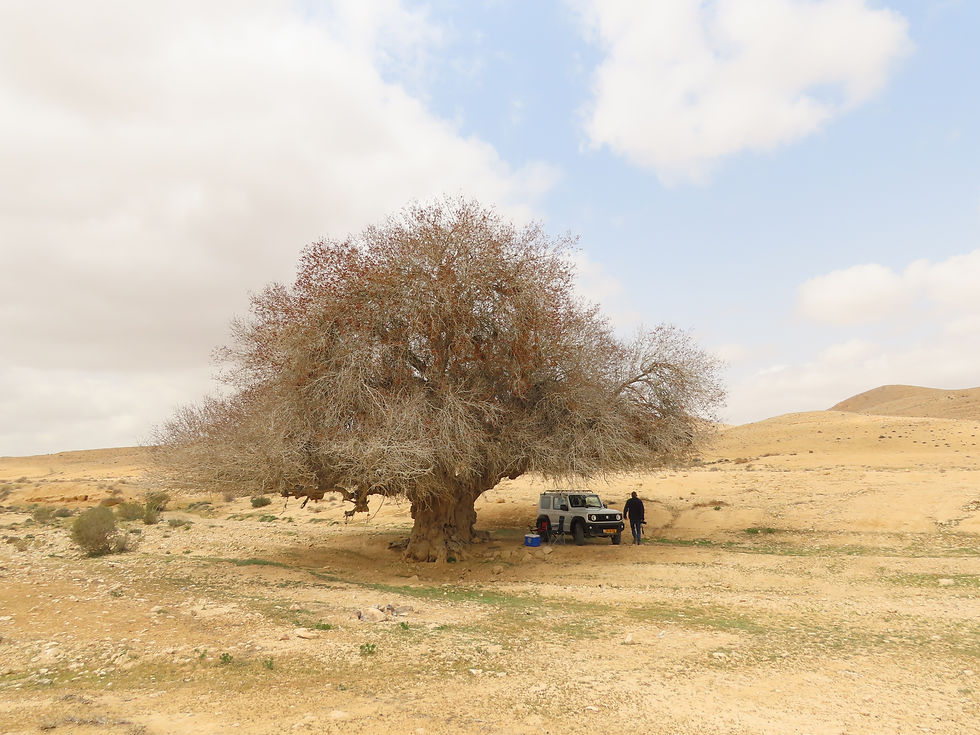
Published by Vintage 2018
625 pages
ISBN 978-1-784-70824-5
Genre: novel
Key words:
trees and forests, ecology, Nature, activism, science, patience,
Award: Pulitzer Prize for fiction 2018; short listed for the Man Booker Prize 2018
5/5 stars
I will look for more books by this author.
‘Trees stand at the heart of ecology, and they must come to stand at the heart of human politics’ (page 568)
This is a huge book, not only in pages, but also in the issues described and the way it is described. The story is deep and moves forward at a slow pace, like a growing tree with many twists and turns. It is not a book you read over a few days, it’s a book I read in bits and pieces, to give time to consider and think about what is said. There are many things to think about.
The whole book has an atmosphere like a fairy tale, the same feeling I had when for the first time I read about the Ents and Treebeard in Tolkien’s ‘The Two Towers’.
‘The Overstory’ is divided into four parts: roots, trunk, crown, seeds, just like a tree.
The first chapter mentions about 15 different trees; I admit some of them I had to look up!
The main theme of the book is trees and forests.
In the first part, Roots, we are introduced to nine persons of very different backgrounds that throughout the book interacts in different ways with each other and with trees; like branches of trees moving in and out, crossing each other. Most of the people you follow from childhood onward, a time period that is a blink of an eye to an old tree.
The main person is Patricia Westerford, hearing impaired; as a child she was a loner, living in her own world, her main influence was her agronomic father who introduced her to the world of Nature and all things growing and green. We follow her how she graduated university as a doctor of botanicas with a theory in opposition with most of what she had learned and was accepted in the world of forestry.
You must study wild forests and ancient trees in their natural environment not in a human cultured environment. She had a hypothesis that trees are social creatures, they communicate, protect each other, send out alarms, help young trees. She sets out to prove it with very tiresome but thorough research, got published only to be ridiculed and prevented from continuing her research, and ousted from academia. But twenty years later she is vindicated.
‘How could we not have seen it?’ (page 153)
She wrote a book ‘The Secret Forests’ about her life work, which influences some of the other people in the book.
The other people include a lawyer and his wife, Ray and Dorothy; the Vietnam soldier Douglas, load master, after more than two hundred missions he was shot down but is saved when he was caught in the arms of a huge banyan tree. After rehabilitation he ended up planting thousands of Douglas fir; but he became a tree-activist. Nick Hoel and the family chestnut that for generations was a local landmark. Olivia, party-loving student after being electrocuted, she was resuscitation and changed her ways. Neelay second generation Indian immigrant, computer wizard, he built a network of online gamers. Mi Ma second generation Chinese, engineer turned tree- activist. Adam student of psychology who wanted to study what drives the activists, but got involved.
There are so many things in the book: a love story with a happy ending; activism with a hint of terrorism, it makes you wonder who the real criminals are; a death, but is it a crime? however a life sentence twice 70 years is handed down; and trees and more trees.
A question in the book, do trees try to communicate with humans?
A few quotes from the book:
‘The tree is saying things, in words before words’ (page 3)
‘a Florida bald cypress one and a half millennia older than Christianity, killed a few months ago by a flicked cigarette’ (page 568)
‘Maybe we want to hurt trees so much, because they live so much longer than we do’ (page 582)
The thought that trees communicate is interesting; it turns out there is a Canadian professor and researcher of forest ecology, Suzanne Simard, from the University of British Columbia, she has actually proved that trees communicate. So, the book ‘The Overstory’ is based on scientific facts, it is not a far fetched fairy-tale.
I live in the Negev Desert, we do not have forests, but we do have lonely trees, acacias, living by themselves and they are absolutely stunning, the perfect spot to stop for shadow and a picnic:

At a higher altitude in the Negev Highland we also find the occasional Pistachio tree, which are old, even 400-800 years:

On the author of 'The Overstory':
Richard Powers is an American academic and author of 12 other books on technology and humans.
Comments